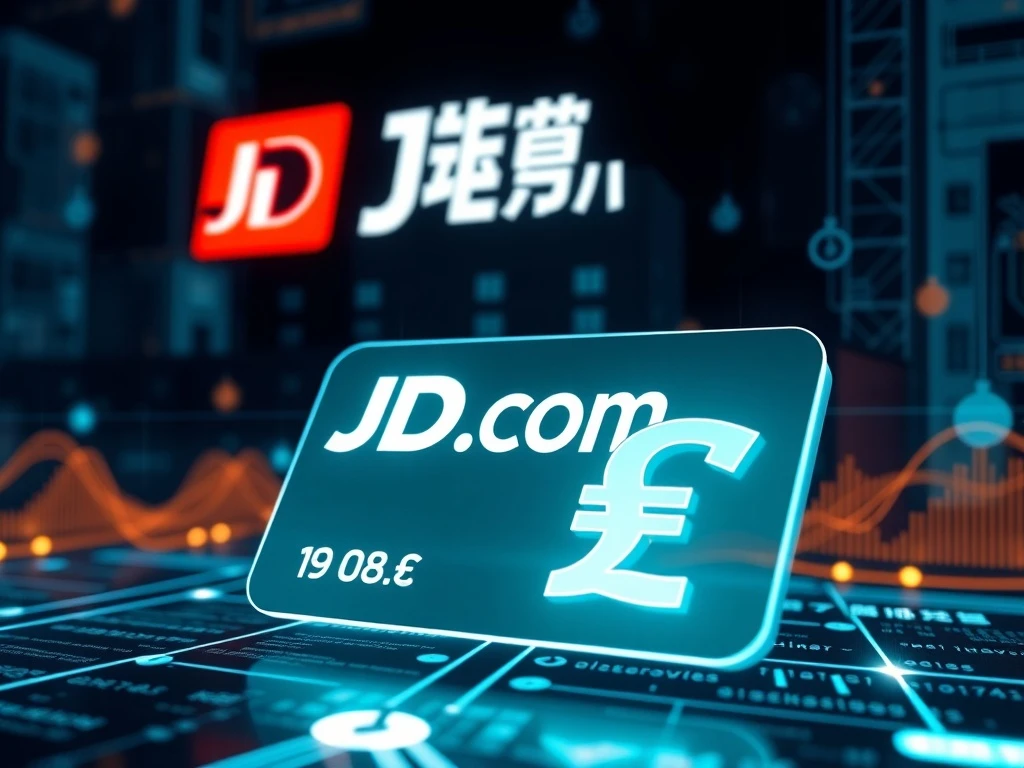JD.com’s Game-Changing HKD-Pegged Stablecoin to Slash Cross-Border Costs by 90%

In a bold move to transform global payments, JD.com has unveiled plans to launch a Hong Kong dollar-pegged stablecoin, promising to cut cross-border transaction costs by a staggering 90%. This initiative could redefine Asia’s digital payment landscape and challenge dominant players like USDT and USDC. Here’s what you need to know.
Why JD.com’s Stablecoin is a Game-Changer
JD.com’s new stablecoin, pegged 1:1 to the Hong Kong dollar, aims to streamline cross-border transactions with unprecedented efficiency. Key benefits include:
- Cost Reduction: Slashes fees by 90% compared to traditional methods.
- Speed: Leverages blockchain for near-instant settlements.
- Regulatory Compliance: Aligns with HKMA guidelines, ensuring transparency.
Hong Kong’s Crypto Regulations: A Strategic Advantage
Hong Kong’s progressive crypto framework, effective August 2025, provides JD.com a unique edge. Unlike mainland China’s strict bans, Hong Kong encourages innovation, making it the perfect hub for JD.com’s stablecoin ambitions.
Challenges and Competition
While JD.com’s stablecoin has immense potential, hurdles remain:
- Competition: Rivals like Ant International are also vying for stablecoin licenses.
- Trust: User adoption hinges on transparency and reserve audits.
The Future of Digital Payments in Asia
JD.com’s move signals a broader shift toward corporate-led digital finance innovation. If successful, it could accelerate the yuan’s global adoption and reshape payment infrastructures across Asia.
FAQs
Q: When will JD.com’s stablecoin launch?
A: The stablecoin is expected to launch after Hong Kong’s regulatory framework takes effect on August 1, 2025.
Q: How does the stablecoin reduce costs?
A: By eliminating intermediaries and leveraging blockchain, JD.com’s stablecoin cuts transaction fees by 90%.
Q: Is JD.com’s stablecoin available globally?
A: Yes, JD.com aims to secure licenses worldwide to expand its payment systems.
Q: What backs JD.com’s stablecoin?
A: It’s pegged 1:1 to the Hong Kong dollar, with reserves audited for transparency.









